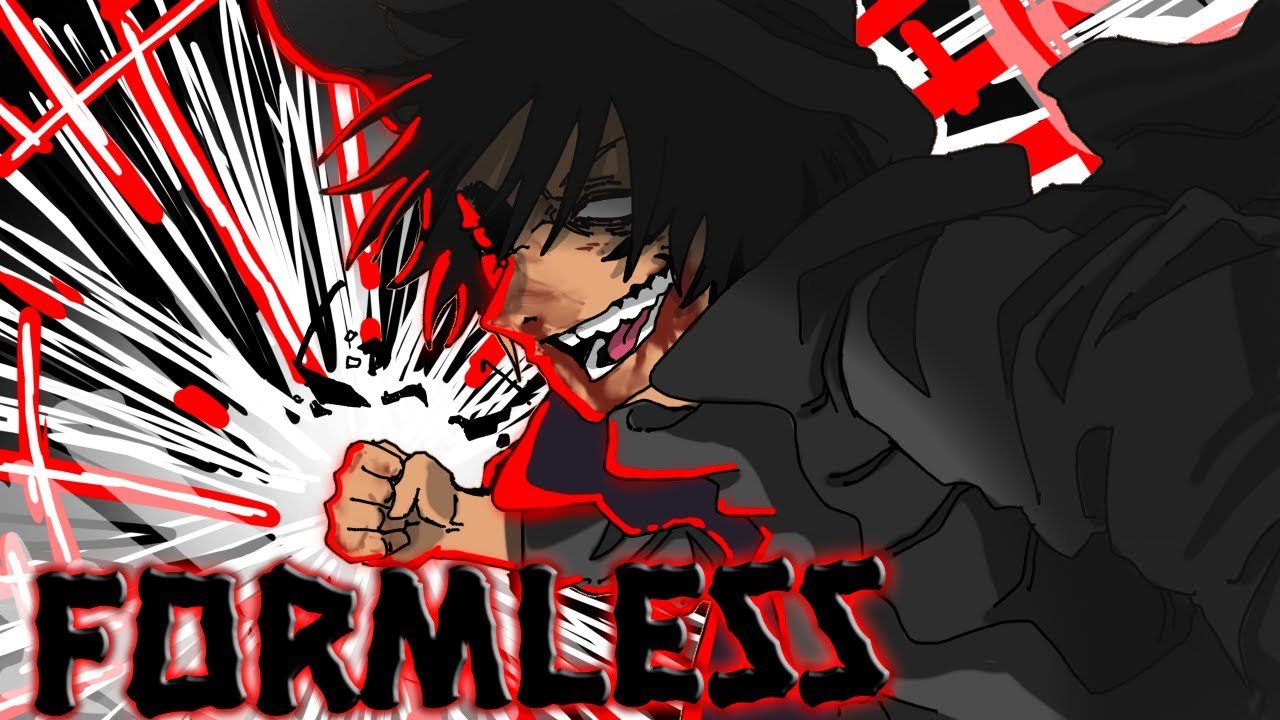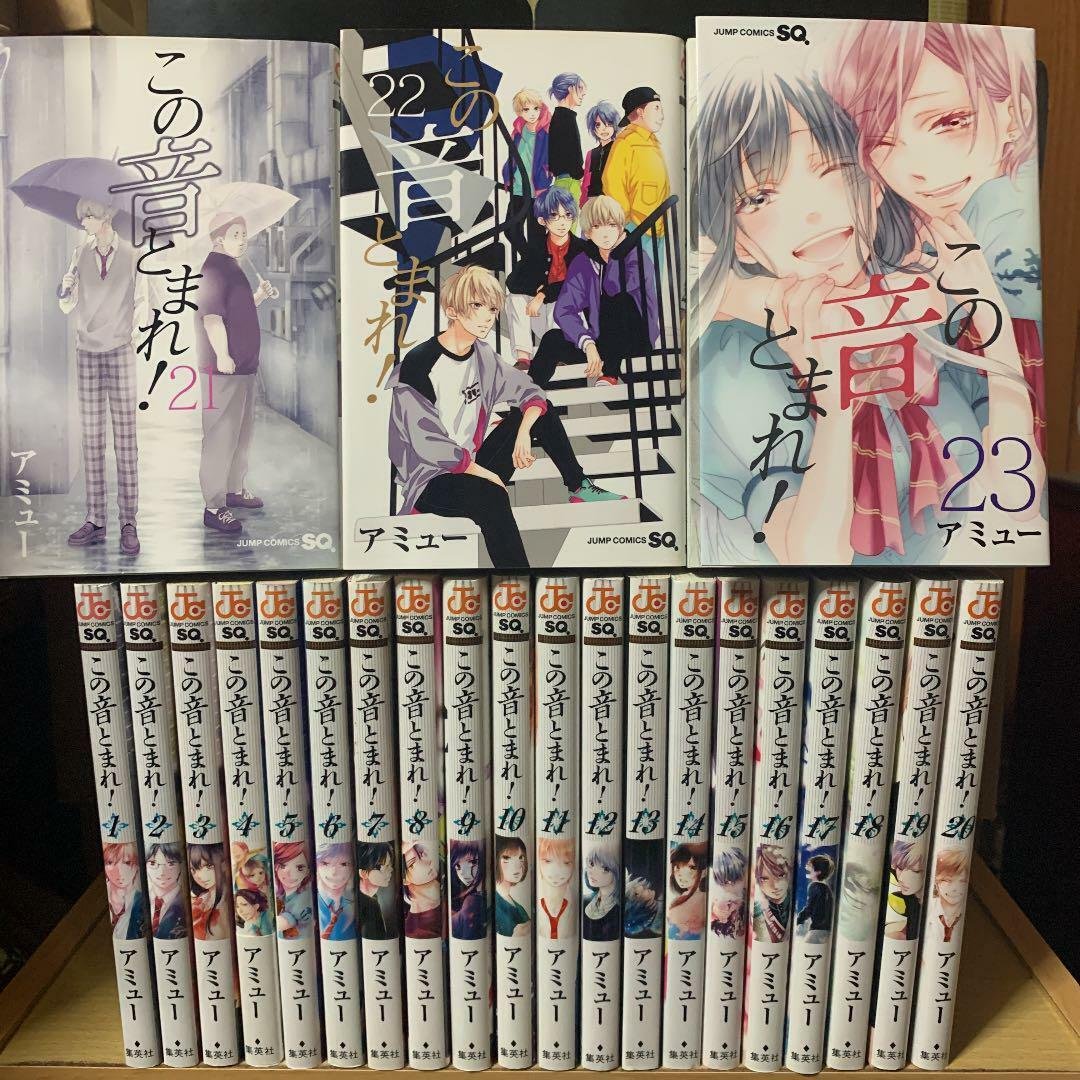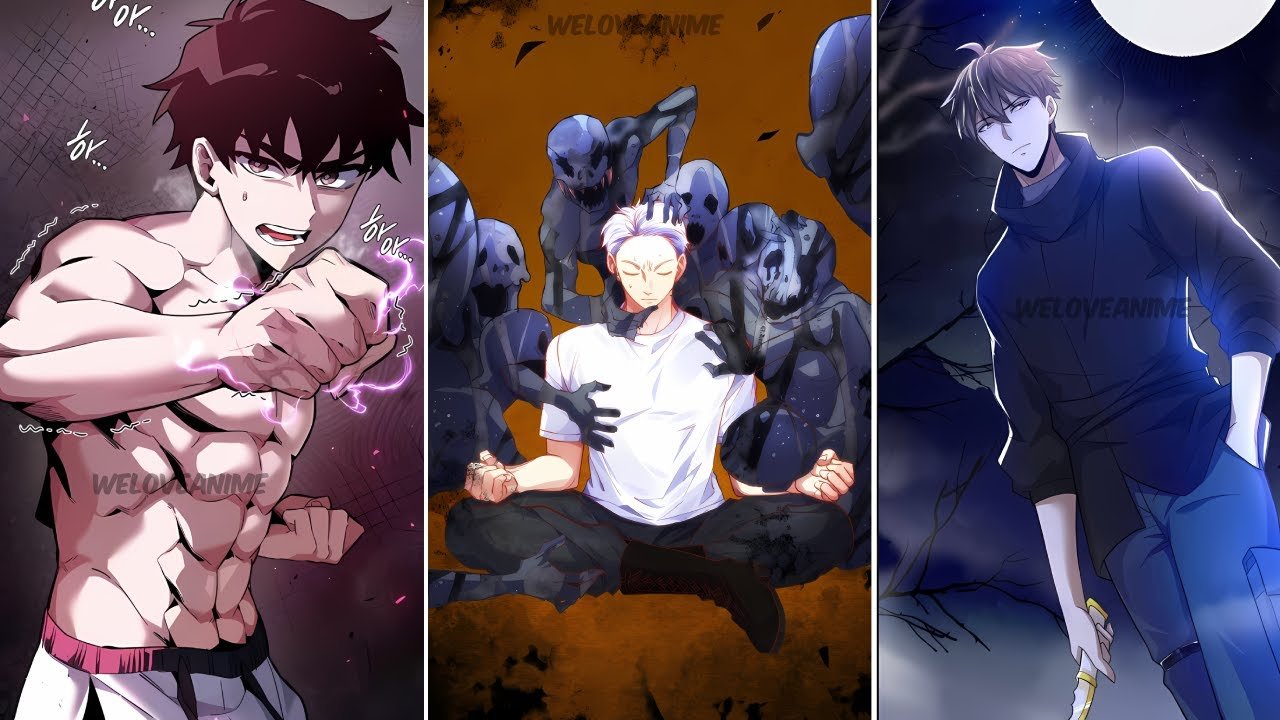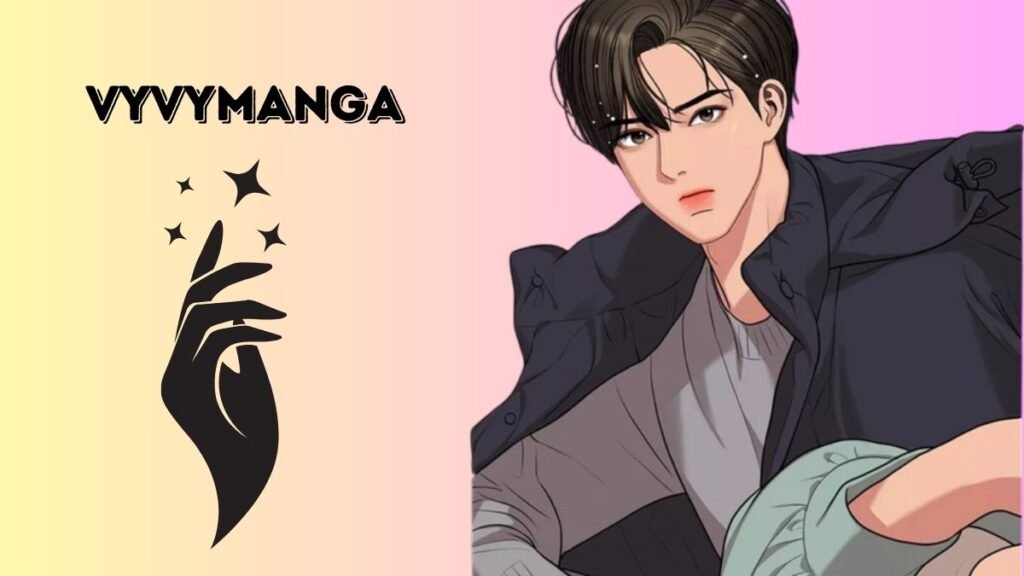Introduction
Manga, the vibrant and diverse form of visual storytelling originating from Japan, has captivated audiences worldwide. Among the various styles and genres, a fascinating subset has emerged—formless manga. This unique approach breaks traditional boundaries, challenging conventional storytelling methods and artistic expression. In this article, we will delve into the essence of formless manga, exploring its characteristics, notable works, and the impact it has on the manga industry.
What is Formless Manga?
Formless manga is a term used to describe a genre of manga that transcends conventional structures and artistic conventions. Unlike traditional manga that follows a linear narrative, formless manga embraces abstract storytelling and fluid art styles. This genre often defies categorization, creating an experience that resonates more with emotions and concepts than with structured plots.
Characteristics of Formless Manga
- Abstract Storytelling: Formless manga often relies on symbolism and metaphor, allowing readers to interpret the narrative on a personal level. The plot may not follow a traditional arc, resulting in a non-linear experience that reflects the complexities of human emotions.
- Fluid Art Style: The art in formless manga is characterized by its experimental nature. Artists may utilize a mix of styles, colors, and techniques, creating a visual experience that complements the abstract narrative. This fluidity allows for creativity and freedom of expression, making each work a unique masterpiece.
- Emotional Resonance: Rather than focusing on plot-driven storytelling, formless manga emphasizes emotional depth. Readers are invited to immerse themselves in the feelings and thoughts of characters, fostering a deep connection with the narrative.
- Open Interpretation: One of the defining features of formless manga is its openness to interpretation. Different readers may derive varying meanings from the same work, leading to discussions and analyses that enhance the overall experience.
The Evolution of Formless Manga
The roots of formless manga can be traced back to experimental art movements and avant-garde literature. In the early days, artists began to challenge traditional manga conventions, drawing inspiration from surrealism, expressionism, and other art movements. As manga evolved, creators sought to push the boundaries of storytelling, leading to the emergence of formless manga.
The rise of digital platforms has further facilitated this evolution. Independent artists and creators now have access to a global audience, allowing them to experiment with their craft. This has led to an increase in formless manga, as artists embrace their individuality and explore unconventional themes.
Notable Works in Formless Manga
1. “Kono Oto Tomare!” by Amyu Taka
This manga explores themes of friendship, passion, and the struggle for self-identity. Through its abstract storytelling and vibrant art, readers are taken on a journey that delves deep into the emotions of the characters, transcending traditional plot structures.
2. “Kubo Won’t Let Me Be Invisible” by Nene Yukimori
This work centers around themes of isolation and the desire for connection. The formless nature of the storytelling reflects the protagonist’s internal struggles, allowing readers to empathize with their journey in a way that conventional narratives may not achieve.
3. “The Flowers of Evil” by Shuzo Oshimi
Shuzo Oshimi’s work delves into the complexities of adolescence and desire. The fluid art style and abstract narrative invite readers to explore the darker aspects of human nature, making it a significant example of formless manga that challenges societal norms.
4. “Inio Asano’s Goodnight Punpun”
This critically acclaimed manga follows the life of Punpun Punyama, depicted as a bird-like character. The juxtaposition of whimsical art and dark themes creates a unique narrative experience that challenges traditional storytelling.
The Impact of Formless Manga on the Manga Industry
As formless manga gains popularity, it influences the broader manga industry in several ways:
1. Inspiring New Creators: The success of formless manga has inspired a new generation of artists to explore their unique styles and narratives. This push for individuality fosters a creative environment where diverse voices can flourish.
2. Expanding Audiences: The abstract nature of formless manga appeals to a wide range of readers, attracting those who may not typically engage with traditional manga. This expansion of the audience encourages publishers to explore and promote formless works.
3. Challenging Industry Norms: The rise of formless manga challenges conventional storytelling methods and encourages publishers to take risks with new formats and styles. This has led to an increase in the diversity of stories and voices represented in the manga industry.
The Creative Process Behind Formless Manga
Creating formless manga involves a distinct approach that prioritizes artistic expression over traditional storytelling. Here’s a glimpse into the creative process:
1. Concept Development: Artists often begin with a concept or emotion they wish to explore. This could be a feeling of isolation, joy, or existential contemplation. The focus is on conveying this concept rather than adhering to a structured plot.
2. Visual Experimentation: The art style in formless manga is fluid and experimental. Artists may use various techniques—such as watercolors, digital illustrations, or mixed media—to create a visual representation of their emotions.
3. Character Development: Characters in formless manga are often reflections of the themes being explored. They may not follow conventional arcs but instead embody specific emotions or concepts, allowing for deep emotional engagement.
4. Narrative Flow: The narrative may flow in a non-linear fashion, allowing for a blend of visuals and text that complement each other. This interplay enhances the overall emotional impact of the work.
Challenges Faced by Formless Manga Creators
While formless manga presents exciting opportunities, creators also face unique challenges:
1. Market Acceptance: As with any unconventional art form, gaining acceptance within the mainstream market can be difficult. Publishers may be hesitant to invest in formless works due to their non-traditional nature.
2. Audience Understanding: Since formless manga often requires readers to engage deeply with the material, some audiences may struggle to connect with its abstract elements. Educating readers about the value of formless storytelling is essential for its growth.
3. Balancing Art and Narrative: Finding the right balance between art and narrative can be challenging. While the emphasis is on expression, it’s essential to maintain a cohesive experience that resonates with readers.
The Future of Formless Manga
As the manga landscape continues to evolve, the future of formless manga appears promising. With the rise of digital platforms, more creators are empowered to experiment and share their works with a global audience. As interest in unique and diverse storytelling grows, formless manga may play a significant role in shaping the future of the medium.
1. Increased Collaboration: The formless manga community is likely to see more collaboration between artists and writers, leading to innovative projects that push the boundaries of storytelling and art.
2. Expansion into Other Mediums: As formless manga gains traction, we may see its influence extend into other forms of media, such as animation, webcomics, and even video games, creating a broader narrative experience.
3. Integration with Technology: Advancements in technology will allow for even more experimentation within formless manga. Augmented reality and interactive elements may play a role in enhancing the reader’s experience, making it more immersive and engaging.
Conclusion
Formless manga represents a thrilling frontier in the world of visual storytelling. Its emphasis on abstract narratives, fluid art styles, and emotional resonance challenges traditional conventions, inviting readers to engage with the material in new and profound ways. As the genre continues to evolve, it will undoubtedly leave an indelible mark on the manga industry and the broader realm of graphic storytelling.



